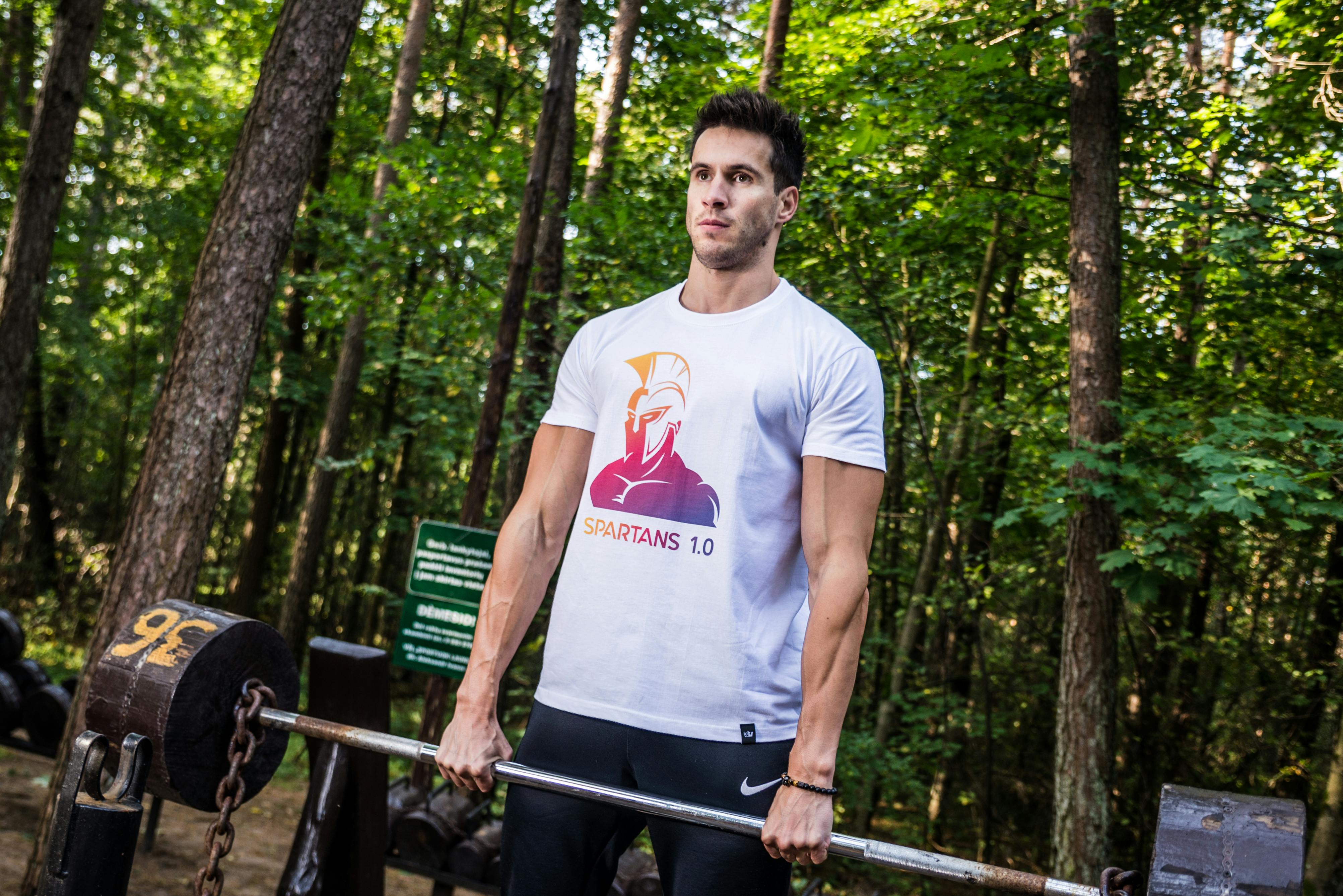The origins and history of tennis in Argentina go back to the development of the railway system in the country.
The Argentine rail system was developed by the British eager to guarantee the shipment of goods from Argentina to the United Kingdom. During that time, British immigrants working on the rail system brought tennis (polo and golf) to Argentina. As a result, most if not all tennis clubs in Buenos Aires are on the side of the train lines.
One of the most traditional tennis institutions in Argentina is the Buenos Aires Lawn Tennis Club. Founded in 1892, Tennis Cathedral hosted many Davis Cup matches and ATP tournaments. Players like Guillermo Vilas, José Luis Clerc and Víctor Pecci used to train, practice and play tennis on the same courts that Gastón Gaudio does today, for example.
Since 1921, tennis in Argentina has been regulated by the Argentine Tennis Association. In Argentina, tennis is played on red clay like the French Open.
Compared to hard court surfaces (US Open, Australian Open), grass (Wimbledon) and carpets; Red Clay is slower and with a much higher bounce of the ball. These characteristics help players have more time to reach and return each shot, making it more difficult to hit the winners during a tennis match.
Additionally, the red clay surfaces allow players to skate and retrieve that otherwise difficult ball to hit.
For almost ninety consecutive years, Argentina has been competing for the Davis Cup trophy. With more than fifteen years in the World Group, Argentina was a semifinalist in 1980 finishing twice as runner-up (1981 and 2006). For the past seven years, Argentina has been competing in the World Group, advancing to the quarterfinals each time and becoming number two in the Davis Cup ranking by the ITF. In September 2008, Argentina once again competed for the Davis Cup final. Argentina vs Russia.
Although Enrique Morea during the 1940s and 1950s was one of the best Argentine tennis players of all time, it was not until the 1970s that tennis became a popular sport in Argentina. Guillermo Vilas changed and transformed tennis forever in Argentina. In fact, along with Diego Maradona, Vilas is one of the most important sports figures in Argentina.
Vilas inspired many other players who follow his success such as José Luis Clerc and Gabriela Sabatini. In 1977, Vilas won 12 titles, including Roland Garros and Forest Hills. In the same year, Argentina beat the United States Davis Cup team and played the semifinals for the first time. That was the time for big names in tennis history like Bjon Borg, Jimmy Connors, Yannick Noah, Vitas Girulaitis and John McEnroe.
Guillermo Vilas and Gabriela Sabatini’s tennis achievements resulted in both being inducted into the International Tennis Hall of Fame!
In recent years, Argentina has become an international powerhouse of the best professional tennis players in both the ATP and the Sony Ericsson WTA. In addition to having two Hall of Fame players, Argentine tennis players such as David Nalbandian, Guillermo Cañas, Juan Mónaco, José Acasuso, Gisela Dulko, Maria Emilia Salerni, Guillermo Coria, Gastón Gaudio, Paola Suárez, Mariano Puerta, Agustín Calleri, Juan Martín Del Potro, Ignacio Chela and Eduardo Schwank are good examples of this powerhouse of Argentine tennis.
Coaching in Argentina is also very important. In addition to the best professional tennis players, Argentina also has many successful and renowned tennis coaches. Some of them are Carlos Rodríguez (Justin Henin), Martín Jaite (David Nalbandian), Hernán Gumy (Gustavo Kuerten, Marat Safin) and Horacio de la Peña (Fernando González).
No less important are the victories of players like David Nalbandian and Guillermo Cañas over the greatest tennis player of all time, Roger Federer.
With almost a century of play, tennis in Argentina has a long and successful history filled with trophies and medals that make this country a great place for a wonderful and memorable tennis vacation in the heart of South America.
The History of Tennis in Argentina is evolving as does the sport. New players, new techniques, new materials and new technologies combine to make tennis what it is.
See you on the courts!
